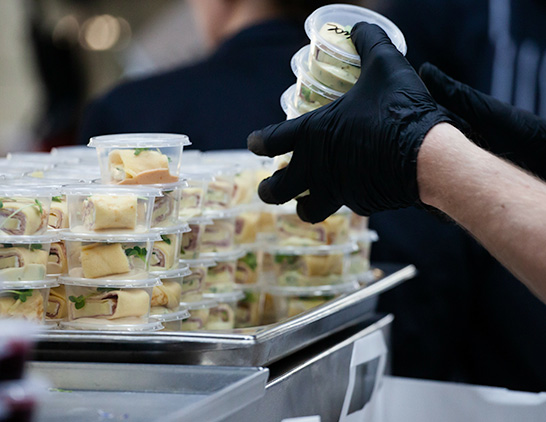Market Segments
Tucs can be a strategic partner in lowering food and labor costs.

According to the National Restaurant Association, the foodservice industry is forecast to reach $898B in sales in 2022, and the foodservice industry workforce is projected to grow by 400,000 jobs, for total industry employment of 14.9M by the end of 2022.
Tucs Equipment serves many segments in the foodservice market including:
- Prepping ingredients in advance: Many restaurant chains prep ingredients in advance to save time during the busy service period. This might include chopping vegetables, marinating meats, or making large batches of sauces.
Using central kitchens: Some restaurant chains have central kitchens where food is prepared in bulk and then distributed to individual restaurants. This can be more efficient and cost-effective than preparing everything on site.
Using pre-made products: Some restaurant chains use pre-made products, such as frozen or pre-cut vegetables, to save time and labor costs. These products are often of high quality and can be used to prepare a variety of dishes.
Using specialized equipment: Restaurant chains may use specialized equipment, such as large mixers or food processors, to prepare sauces and other bulk items. This can help to streamline the process and ensure consistency across locations.
Standardizing recipes: Many restaurant chains have standardized recipes that are used across all locations. This helps to ensure that the food tastes the same no matter where it is being served.


